Table of Contents
11 Easy to Grow Vegetables in the UK
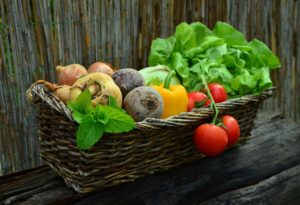
Find Us On
11 Easy To Grow Vegetables
Here at The Good Allotment Life, we believe an allotment is a wonderful place to grow vegetables. But if you want to make the most of your space, what should you plant? Here are 11 easy to grow vegetables.
People love to grow their own vegetables as it means they can avoid pesticide usage and know exactly what is going into the food that they are growing. There is nothing quite like picking a fresh tomato from your garden or biting into an early carrot grown with care by you, yourself! So how do you choose which 11 easy to grow vegetables will work best for your plot?
Here are 11 easy to grow vegetables that will work on any type of small garden or allotment.
Tomatoes
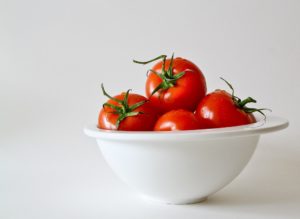
Tomatoes are one of the simplest plants to grow in an average home garden. They are easy to plant, and only require a few things before they will start growing. During their lifetime, tomato plants tend to be low maintenance, since they don’t need constant care or pruning.
In order to get tomatoes started in your garden, you will need to first prepare a good place for them. Only plant the tomatoes after all danger of frost has passed and the ground is warm. They also prefer well-drained soil that is slightly acidic, but tomatoes can still grow in other types of soil.
Radish
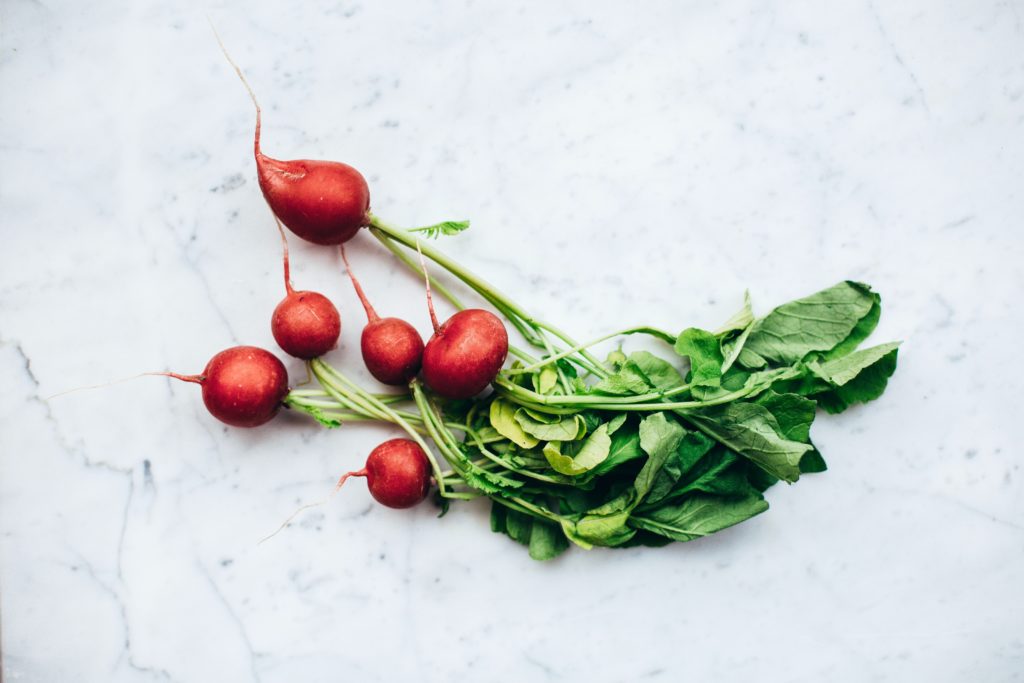
The radish is an easy crop to grow! Radishes are great for gardeners of all ages because they are straightforward, fast-growing, and can be grown in a variety of different climates. Radishes require few nutrients to sprout but need lots of sunlight! They mature quickly – ready to pick as early as 4 weeks depending on the weather and your specific growing conditions. Plant the radish seeds deep in moist, loose soil. Radishes prefer cool weather so plant them early in the spring or late summer for best results.
Carrots
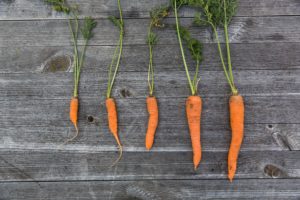
Carrots require full sunlight and well-drained soil. Carrot seeds are easy to sow, but the soil has to be kept moist. Once you have planted your carrots, they will need little care and attention, although regular weeding is necessary during the first two weeks; weeding also promotes the healthy growth of carrots. Watering twice a week should suffice and do not forget to fertilize during these months. On the tenth week, thin the carrots to at least an inch apart. After that, you can begin picking your carrots when they are fully grown.
Potatoes
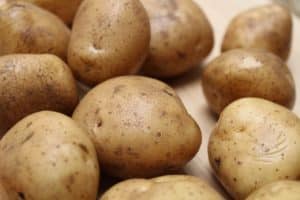
Both easy to grow and cheap, potatoes are an ideal crop for the novice gardener. Despite their low maintenance requirements, they provide a healthy addition to any meal.
The best way to grow potatoes is to buy seed potatoes.
To plant seed potatoes, you will need a container or garden plot, compost or soil, and a hoe. Fill your container or garden plot with compost or soil. Dig a hole in the centre of the compost or soil and place the seed potato in the hole. Cover the seed potato with compost or soil and use the hoe to gently tamp down the soil around it. Water the soil well.
Once the flowers appear, stop watering the patch well. Allow one month after this stage has passed to begin harvesting your potatoes.
To harvest your potatoes, use a spading fork or garden hoe to gently loosen the soil around the potatoes until you can pull them out with your hands.
Beetroot

Beetroot is easy to grow, easy to look after and easy to prepare.
Because most plants are grown from seeds they can be planted at any time during the spring or summer, although it is recommended that you plant out the seedlings in your garden no later than early May if you are looking for a continuous supply of quality Beetroot.
Beetroot is easy to grow as it does not take up much space and the plant is easy to maintain; this means you can easily grow them in your vegetable patch or outdoor garden. Plant the beetroot in an area of the garden that gets plenty of sunlight has a good water supply and thrives well on nutrient-rich soil. Beetroot is easy to look after as it requires relatively little attention or care. It only needs watering once a day, if that much.
Runner Beans

Runner beans, also known as Scarlet Runner Beans or Broad Beans are easy to grow in the UK. They are easy to care for and grow in most soil types that are not waterlogged. Runner beans come originally from Central America, but they were brought back by British explorers who found them growing wild in South America. They are easy to grow in the UK, take about two months to bear fruit and can be grown in most soil.
Firstly, you should work the soil over well, break up any big clumps and rake it level. Broad Beans can be grown in most soils that are not waterlogged but running beans will need a well-drained soil that is easy for their roots to get into because these plants like to spread out. Runner beans need a sunny spot where they can grow into tallish bushes and flowers, they do not like the dark so make sure they have good light.
You should sow your runner bean seeds about a week after your average last frost date, although there is some variance on this with different varieties of Runner beans. It’s easy to sow your seeds just push them into the ground about half an inch deep and two inches apart.
Cabbage
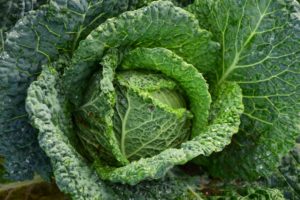
Cabbages are easy to plant in your garden. They take little care once they are planted, needing very few other nutrients other than compost or manure added around the base of the stem. Cabbages are highly tolerant of cold weather, which makes them easy to grow throughout the UK.
Cabbage is easy to grow by following these easy steps!
Prepare your Cabbage bed. Break up the soil in a patch of well-worked ground in full sun or partial shade and add compost or manure if necessary. In a cold climate or during colder parts of the year, it’s important to give your Cabbage as much sunlight as possible.
Sow Cabbage seeds directly into your prepared bed from late winter to early summer, spacing each plant about 30cm apart. If you’d like a continuous supply of young leaves, sow every two weeks until midsummer.
Water your Cabbage once the seedlings are about 3-5 cm high and keep them watered until they’re ready for harvest.
Harvest leaves from your Cabbage plants when they are large enough to eat, taking care not to damage or uproot the plant. You can continue harvesting young leaves on each plant by cutting them at the base of the stem. If you want to harvest a larger head, use a sharp knife to avoid harming the Cabbage plant.
Continue harvesting Cabbage leaves until hard frosts arrive, then cut the entire plant off at ground level.
As easy as that!
11 Easy To Grow Vegetables (More)
Kale
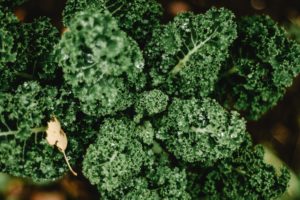
Kale is easy to grow in the UK, making it an easy vegetable for home gardeners.
It is known by many names including borecole, leaf cabbage and flowering cabbage. The leaves of kale can be green or purple, depending on the variety. Kale is also easy to grow from seed; you do not need to plant kale seeds very deep.
Kale does not need much water and the leaves of the plant will wilt if there is too much water. The Kale seeds must be planted deep because the plant grows close to the ground and takes nutrients from the soil so by planting kale seeds deeper they will receive more nutrients and produce a bigger crop. Plant the seed 1/2 inch deep in well-drained soil.
Lettuce
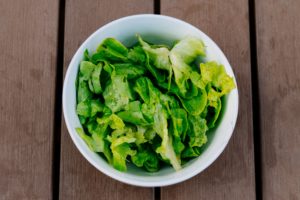
The Lettuce is easy to grow and easy to take care of, all you need is a little love, some sunlight and water once in a while.
It is easy to grow the lettuce from seed. Start by planting the seeds in soil that is rich in compost and moisture. The soil should be fertile and well-draining. You can either plant the seeds in rows or in clusters, depending on what you prefer. Once the seeds have germinated, make sure to keep the soil moist but not too wet. Once the plants are a few inches tall, you can begin to harvest them.
The best time to harvest your lettuces is when they are little. The lettuce plants grow faster when they are younger, if you leave them until it gets colder outside, their growth will slow down, and you won’t get any more fresh lettuce for a while.
11 Easy To Grow Vegetables
Brussel sprouts
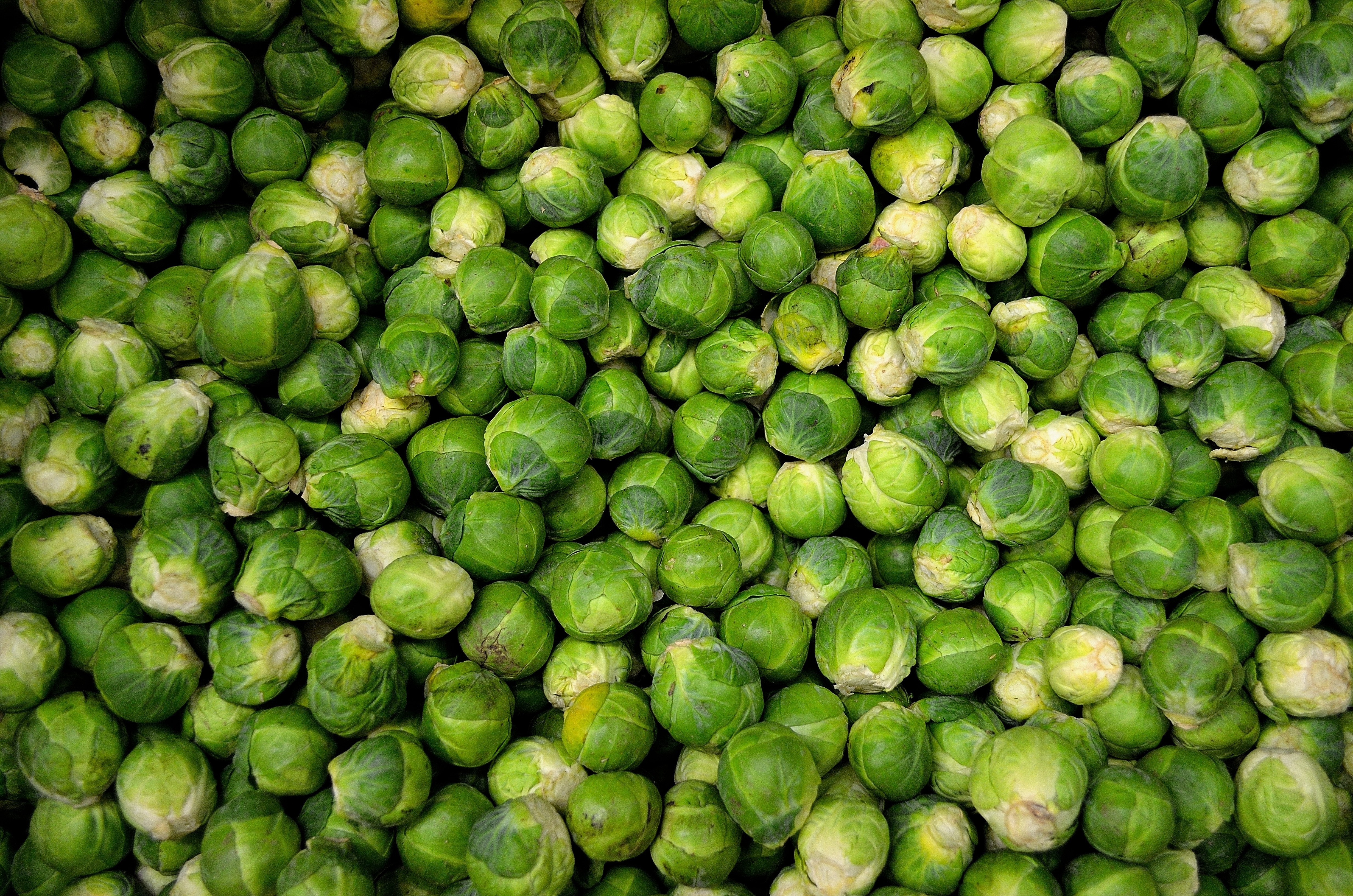
Prepare your seedbed by working the soil at least six inches deep. Removing any debris, weeds or large stones that are present. Smooth it out as much as possible. But do not compact it at all since loose soil will be needed when planting brussels sprouts seeds.
Decide how many plants you need for your family and create a grid over the bed in which to space them, perhaps allowing 18 inches between each plant if you are growing these vegetable crops on a large scale or 12 inches apart if you want them to grow quite close together.
Sprinkle brussels sprouts seeds over the bed in the pattern that you have chosen and then water them carefully, just enough to moisten the soil in which they are planted.
When your brussels sprouts plants begin to show their little yellow-green heads peeping through the ground, thin them out carefully by removing some of the seedlings from the bed when they are no more than an inch high and placing them in a small container filled with potting soil.
Seedlings can be transplanted once they have grown a little to fill in any gaps that have been created when thinning out your brussels sprouts plants. But be sure to keep them watered and fertilized often until they are growing vigorously.
Keep your soil weed-free as this will help your brussels sprouts plants to grow well and produce a good crop of vegetables.
Strawberry (Not a vegetable but we all want to grow them)

Seeds are easy to sow, so you don’t have to wait for the soil to warm up. Strawberry plants that are already sprouted, or which have been growing in a container for some time before being transferred to the garden, can be planted directly into the ground.
Apply a layer of mulch around the strawberry plants, letting it cover the roots and stems completely. Keep the mulch away from the bottom 3 or 4 inches of stem to prevent rot.
Water your strawberries regularly, especially if you live in a dry area where water is scarce. Harvest your strawberries when they’re fully ripe, or slightly under-ripe.
11 Easy to Grow Vegetables in the UK
Conclusion
Growing your own vegetables in a small garden is a great way to get more fresh produce and save money. It’s not too hard, it just takes time and effort – but the worst that can happen is you start again with a new crop. If you have any questions about these 11 easy to grow vegetables, let me know! I want to hear from anyone who’s been brave enough to try this themselves. Let me know if you have any tips or advice on what might work best for gardeners like us!
We have more helpful videos over on our Youtube page, please check them out!!
